Home>Garden Essentials>How Many Days For Chili To Germinate
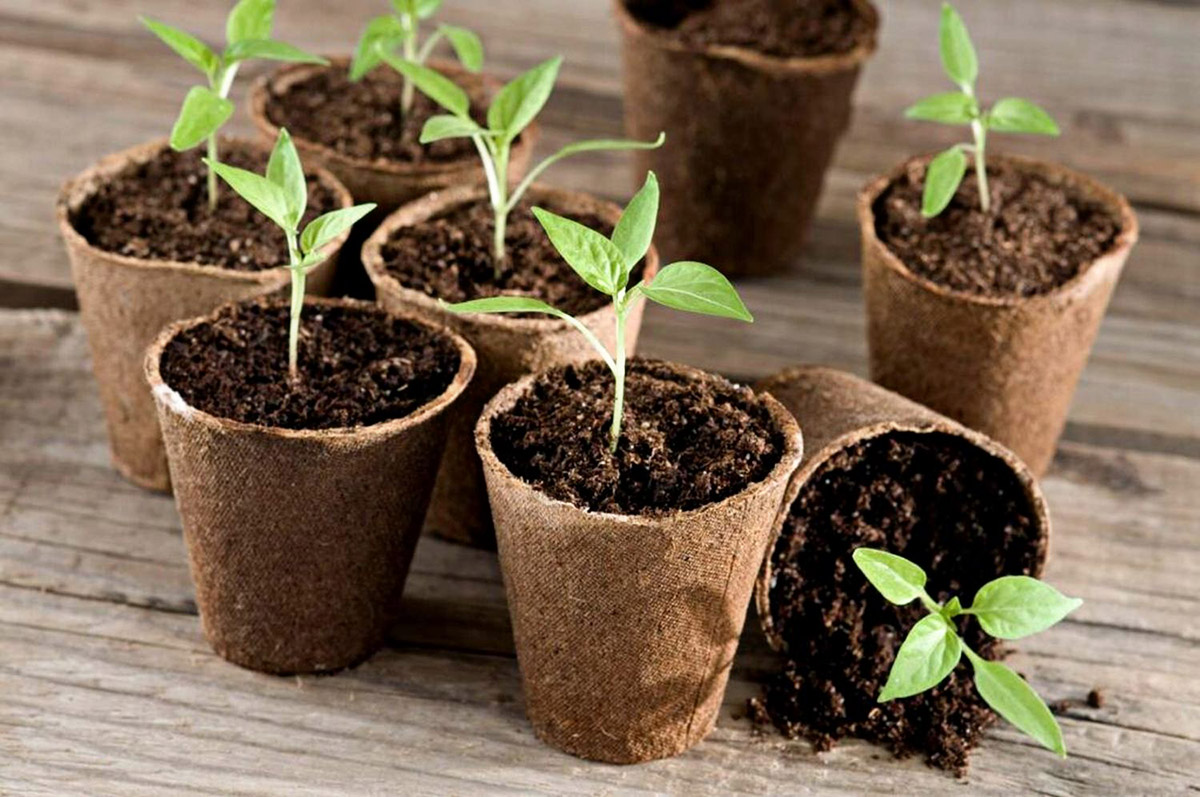

Garden Essentials
How Many Days For Chili To Germinate
Modified: March 15, 2024
Learn how long it takes for chili to germinate in your garden. Discover the ideal number of days and tips for successful germination.
(Many of the links in this article redirect to a specific reviewed product. Your purchase of these products through affiliate links helps to generate commission for Storables.com, at no extra cost. Learn more)
Introduction
Welcome to the wonderful world of chili gardening! Whether you’re a seasoned green thumb or a beginner just starting out, understanding the process of chili germination is essential for a successful harvest. Germination is the pivotal first step in the life cycle of a chili plant, where the seed starts to sprout and transform into a seedling.
For chili enthusiasts, the thrill of watching seeds burst forth with life and potential is truly magical. However, chili germination can sometimes be a bit tricky, requiring the right combination of factors to ensure success.
In this article, we will explore the factors that influence chili germination, discuss the optimal conditions for germination, delve into the germination period of different chili varieties, provide tips for successful germination, and highlight common challenges that gardeners may encounter during the germination process. So, let’s start our journey into the fascinating world of chili germination!
Key Takeaways:
- Chili seeds require consistent warmth, moisture, and darkness to sprout, taking around 7 to 14 days. Patience and proper care are key to successful chili germination.
- High-quality seeds, optimal temperature, and good air circulation are essential for successful chili germination. Overcoming challenges like slow germination and seed rot leads to healthy chili plants.
Read more: How Many Days For Marigolds To Germinate
Factors Affecting Chili Germination
Several factors play a crucial role in the germination of chili seeds. Understanding these factors can help you create the ideal environment for successful germination. Let’s explore them in detail:
Temperature: Chili seeds require a consistent temperature range of 70 to 85 degrees Fahrenheit (21 to 29 degrees Celsius) for optimal germination. Temperatures below this range can slow down germination or even prevent it altogether. On the other hand, temperatures above the recommended range can lead to poor germination rates or weak seedlings.
Moisture: Adequate moisture is crucial for chili seed germination. The seeds need to be kept consistently moist but not waterlogged. Avoid overwatering as it can cause rotting and fungal diseases. Germination trays or pots with good drainage are essential to maintain the right moisture levels.
Light: Unlike some other plants, chili seeds do not require light to germinate. In fact, chili seeds actually prefer a dark environment for optimal germination. So, you can cover the germination tray or pot with a plastic dome or place it in a dark and warm location until the seeds sprout.
Seed Quality: The quality of the chili seeds plays a vital role in germination success. It is advisable to select fresh, high-quality seeds from reputable suppliers or save seeds from healthy plants. Avoid using seeds that are old, damaged, or have been stored improperly, as they may have lower germination rates.
Seed Depth: The depth at which you plant the chili seeds can impact germination. Ideally, chili seeds should be planted at a depth of approximately 1/4 inch (6 mm). Planting them too shallow or too deep can affect their ability to sprout and emerge from the soil.
Soil Quality: The quality of the soil in which you plant your chili seeds is crucial for germination. Opt for a well-draining, nutrient-rich soil mix that provides good aeration. Avoid heavy clay soils that can become compacted and hinder root growth.
Seed Pre-Treatment: Some gardeners find success by using seed pre-treatment methods to improve germination rates. These methods may include soaking the seeds in water overnight or scarifying the seed coat to help break dormancy and facilitate germination.
By understanding and optimizing these factors, you can significantly increase the chances of successful chili seed germination. Now that we have explored the factors that affect chili germination, let’s move on to discussing the optimal conditions for germination.
Optimal Conditions for Chili Germination
Creating the ideal conditions for chili germination is essential to ensure a healthy and successful start for your chili plants. Let’s explore the optimal conditions that will maximize germination rates:
Temperature: Chili seeds thrive in warm temperatures. The ideal temperature range for chili germination is between 70 and 85 degrees Fahrenheit (21 and 29 degrees Celsius). Maintaining a consistent temperature within this range will facilitate faster and more uniform germination.
Moisture: Adequate moisture is necessary for chili seed germination. It is important to keep the soil consistently moist but not overly saturated. You can achieve this by watering the soil gently and regularly, ensuring that it remains damp throughout the germination period. Using a spray bottle or misting the soil can help prevent overwatering.
Light: Unlike some other plants, chili seeds do not require light to germinate. In fact, they actually prefer darkness. Covering the germination tray or pot with a plastic dome or placing it in a dark location will create the optimal environment for germination. Once the seeds have sprouted and the seedlings start to emerge, they will require adequate light for growth.
Humidity: Maintaining a level of humidity around the chili seeds can improve germination rates. You can achieve this by covering the germination tray or pot with a clear plastic dome or using a humidity dome. This helps to retain moisture in the air and create a mini greenhouse effect, promoting proper germination.
Air Circulation: While maintaining humidity is important, it is equally crucial to ensure good air circulation around the germinating chili seeds. Stagnant air can lead to fungal diseases. A gentle fan or ventilation system can help prevent the buildup of moisture and promote healthy germination.
Germination Tray or Pot: Using a germination tray or pot with good drainage is essential to prevent waterlogging and promote healthy root development. Ensure there are drainage holes at the bottom to allow excess water to escape. This will help maintain the proper moisture levels for germination.
Seed Depth: Planting chili seeds at the appropriate depth is crucial for successful germination. Plant them at a depth of around 1/4 inch (6 mm) in the soil. This will provide the seeds with the right balance of moisture, warmth, and access to oxygen for sprouting.
By creating these optimal conditions, you can increase the chances of successful chili germination and set the stage for healthy growth of your chili plants. Now that we have covered the optimal conditions for germination, let’s explore the germination period of different chili varieties.
Germination Period of Different Chili Varieties
Chili peppers come in a wide range of varieties, each with its own unique characteristics, flavors, and heat levels. The germination period can vary depending on the specific chili variety. While some chili varieties may germinate within a few days, others may take longer to sprout. Let’s take a look at the typical germination periods for some popular chili varieties:
- Jalapeno: Jalapeno peppers are a popular choice among chili gardeners. On average, jalapeno seeds can germinate within 7 to 10 days under optimal conditions. These peppers are known for their moderate heat and are often used in various culinary dishes.
- Habanero: Habanero peppers are known for their intense heat and fruity flavors. The germination period for habanero seeds can range from 10 to 14 days. These peppers require warm temperatures and careful attention to moisture levels for successful germination.
- Poblano: Poblano peppers, also known as ancho peppers when dried, have a mild to moderate heat level. The germination period for poblano seeds typically ranges from 10 to 14 days. Patience is key when waiting for poblano seeds to sprout.
- Cayenne: Cayenne peppers are often used to add a kick to various dishes. The germination period for cayenne seeds is usually around 8 to 12 days. These peppers thrive in warm temperatures and well-draining soil.
- Thai Bird’s Eye: Thai Bird’s Eye peppers are known for their fiery heat and are commonly used in spicy Asian cuisine. The germination period for Thai Bird’s Eye seeds can range from 7 to 10 days. These peppers require warm temperatures and consistent moisture for successful germination.
It’s important to note that these germination periods are approximate and can vary depending on various factors, including temperature, moisture levels, and seed quality. It’s always a good idea to refer to the specific seed packet or consult reputable sources for more precise information related to the chili variety you are growing.
Now that we have explored the germination periods of different chili varieties, let’s move on to some helpful tips for successful chili germination.
Chili seeds typically germinate within 7-14 days when kept in a warm and moist environment. Keep the soil consistently damp, but not waterlogged, to encourage germination.
Tips for Successful Chili Germination
Germinating chili seeds can be a rewarding but delicate process. To maximize your chances of successful germination, here are some helpful tips to keep in mind:
- Select High-Quality Seeds: Choose fresh, high-quality chili seeds from reputable suppliers or save seeds from healthy plants. Quality seeds have a higher germination rate and are more likely to result in healthy seedlings.
- Start with Seed Trays or Pots: Use seed trays or pots with good drainage to provide an ideal environment for germination. This allows for proper moisture retention without waterlogging the seeds.
- Provide Optimal Temperature: Maintain a consistent temperature between 70 and 85 degrees Fahrenheit (21 and 29 degrees Celsius) for optimal germination. You can use heat mats or place the seeds in a warm location to ensure the desired temperature range.
- Keep the Soil Moist: Water the soil gently and regularly to maintain moisture levels. Avoid overwatering, as excessive moisture can lead to fungal diseases. A spray bottle or misting the soil can help prevent overwatering.
- Ensure Good Air Circulation: Proper air circulation helps prevent the growth of mold and fungus. Use a fan or ensure the germination area has good ventilation to promote healthy seedlings.
- Darkness is Key: Chili seeds prefer a dark environment for germination. Cover the seed trays or pots with a plastic dome or place them in a dark location until the seeds sprout. Once they have sprouted, provide adequate light for their growth.
- Be Patient: Remember that chili seeds may take some time to germinate, depending on the variety. Be patient and avoid the temptation to disturb or prematurely discard the seeds.
- Label and Organize: Keep track of the chili varieties you are germinating by labeling the trays or pots. This will help you organize and monitor their progress during the germination process.
- Monitor and Adjust: Regularly check the moisture levels, temperature, and overall condition of the germinating seeds. Adjust these factors as needed to create the optimal germination environment.
By following these tips, you can maximize the success of your chili germination process and set your plants up for healthy growth.
Although chili germination can be a rewarding experience, it is not without its challenges. Let’s explore some common challenges faced during chili germination in the next section.
Read more: How Many Days For Yarrow To Germinate
Common Challenges in Chili Germination
Chili germination can sometimes be a bit challenging, as various factors can impact the success rate. Here are some common challenges that gardeners may face during the chili germination process:
- Uneven Germination: Uneven germination can occur when some seeds sprout while others remain dormant. This can be caused by variations in moisture levels, temperature fluctuations, or differences in seed quality. To address this, ensure consistent moisture and temperature throughout the germination process and use high-quality, uniform seeds.
- Slow Germination: Some chili varieties naturally have a longer germination period, requiring more patience. However, if the germination seems excessively slow, it could be due to suboptimal temperature, overwatering, poor seed quality, or improper soil conditions. Adjusting these factors can help promote faster germination.
- Seed Rot or Fungal Diseases: Excess moisture or poor drainage can lead to seed rot or the growth of fungal diseases. To prevent this, ensure the soil is well-draining and avoid overwatering. Good air circulation and proper ventilation also help reduce the risk of fungal diseases.
- Damping Off: Damping off is a fungal disease that affects seedlings, causing them to wilt and collapse. This can be caused by overwatering, poorly drained soil, or unsanitary conditions. Using sterile soil, avoiding overwatering, and providing good air circulation can prevent damping off.
- Poor Seed Quality: Using low-quality, old, or improperly stored seeds can result in poor germination rates. It is important to select fresh, high-quality seeds to increase the chances of successful germination.
- Inadequate Light: After the seeds have sprouted, they require adequate light for healthy growth. Insufficient light can result in weak, leggy seedlings. Provide 12-16 hours of bright light per day using grow lights or place the seedlings in a sunny location.
- Pests and Diseases: Pests like aphids, thrips, or diseases like powdery mildew can affect the germination process. Monitor the seedlings for any signs of pests or diseases and take appropriate measures to control and prevent them.
Overcoming these challenges requires careful attention to the environmental conditions, seed quality, and proper care throughout the germination process. With patience and perseverance, you can address these challenges and foster successful chili germination.
Now that we’ve discussed the common challenges in chili germination, let’s wrap up our article.
Conclusion
Chili germination is a fascinating and essential process that sets the stage for a successful chili garden. By understanding the factors that affect germination, creating optimal conditions, and implementing helpful tips, you can maximize your chances of successful germination and cultivate healthy chili plants.
Factors such as temperature, moisture, light, and seed quality all play a crucial role in chili germination. Maintaining a consistent temperature, providing adequate moisture without overwatering, and ensuring darkness during the germination period are key components of creating the ideal environment for chili seeds to sprout.
Each chili variety has its own germination period, typically ranging from 7 to 14 days. Patience is essential during this time, as different factors can influence the speed and uniformity of germination.
By following tips such as selecting high-quality seeds, using proper germination trays or pots, maintaining optimal temperatures and moisture levels, and ensuring good air circulation, you can significantly increase your chances of successful chili germination.
However, challenges may arise during the germination process, including uneven germination, slow germination, seed rot or fungal diseases, damping off, poor seed quality, inadequate light, and pests or diseases. By addressing these challenges with proper adjustments and care, you can overcome them and promote healthy seedling growth.
Remember, successful chili germination is just the beginning of your journey as a chili gardener. Proper care, including providing adequate light, regular watering, and protection from pests and diseases, will help your chili seedlings grow into robust and productive plants.
So, don’t be deterred by potential challenges. Armed with knowledge and determination, you can enjoy the satisfaction of watching your chili seeds sprout and flourish into bountiful harvests of delicious, flavorful peppers.
Frequently Asked Questions about How Many Days For Chili To Germinate
Was this page helpful?
At Storables.com, we guarantee accurate and reliable information. Our content, validated by Expert Board Contributors, is crafted following stringent Editorial Policies. We're committed to providing you with well-researched, expert-backed insights for all your informational needs.
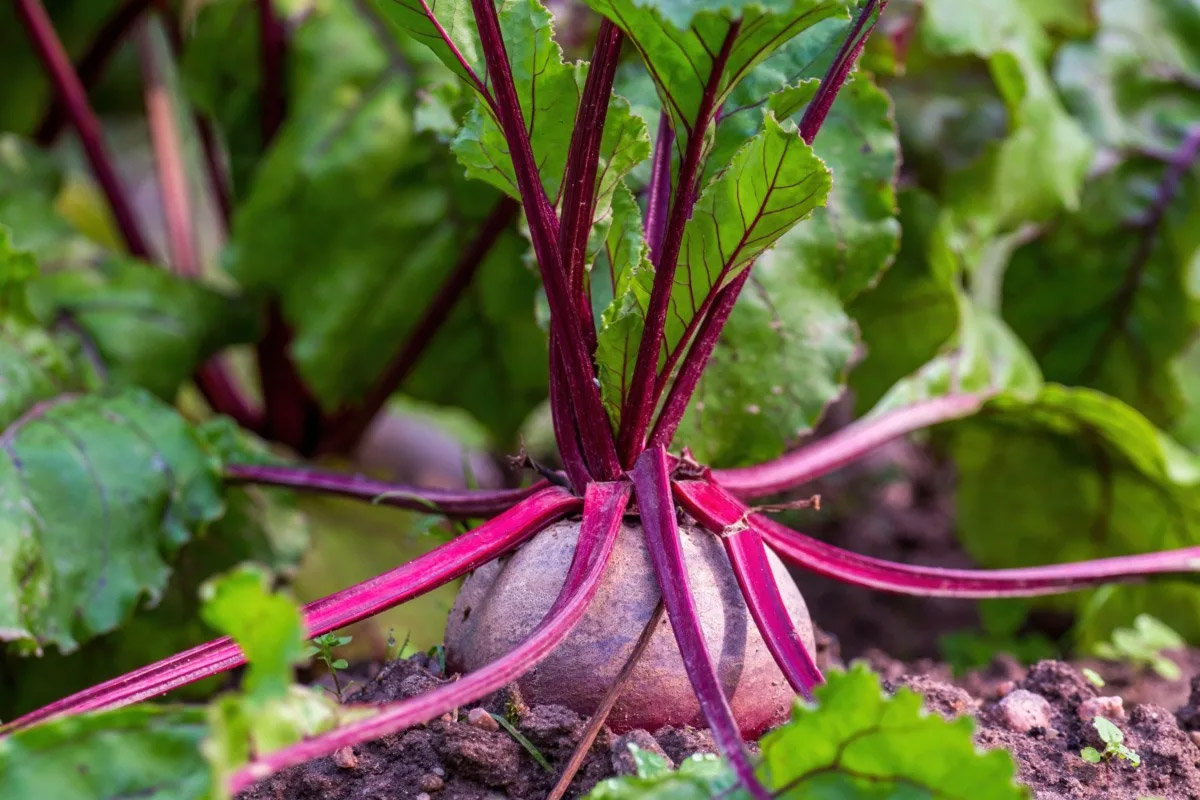
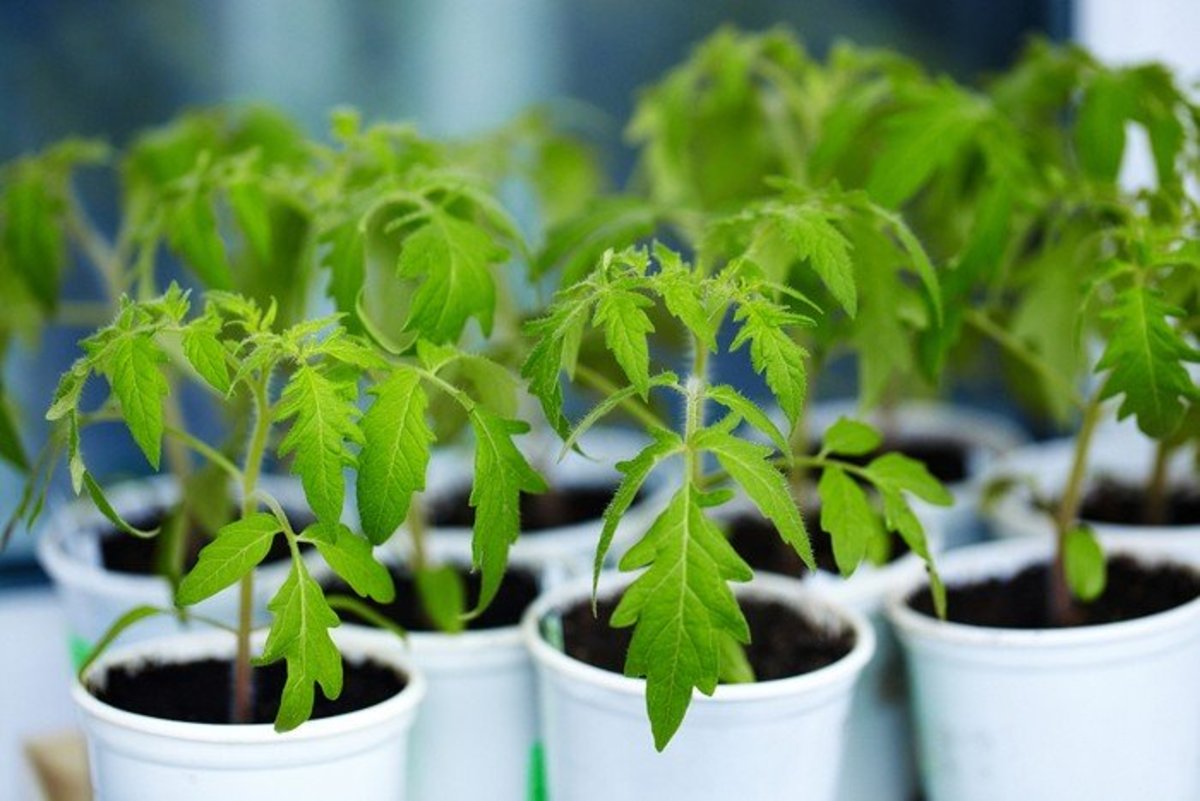
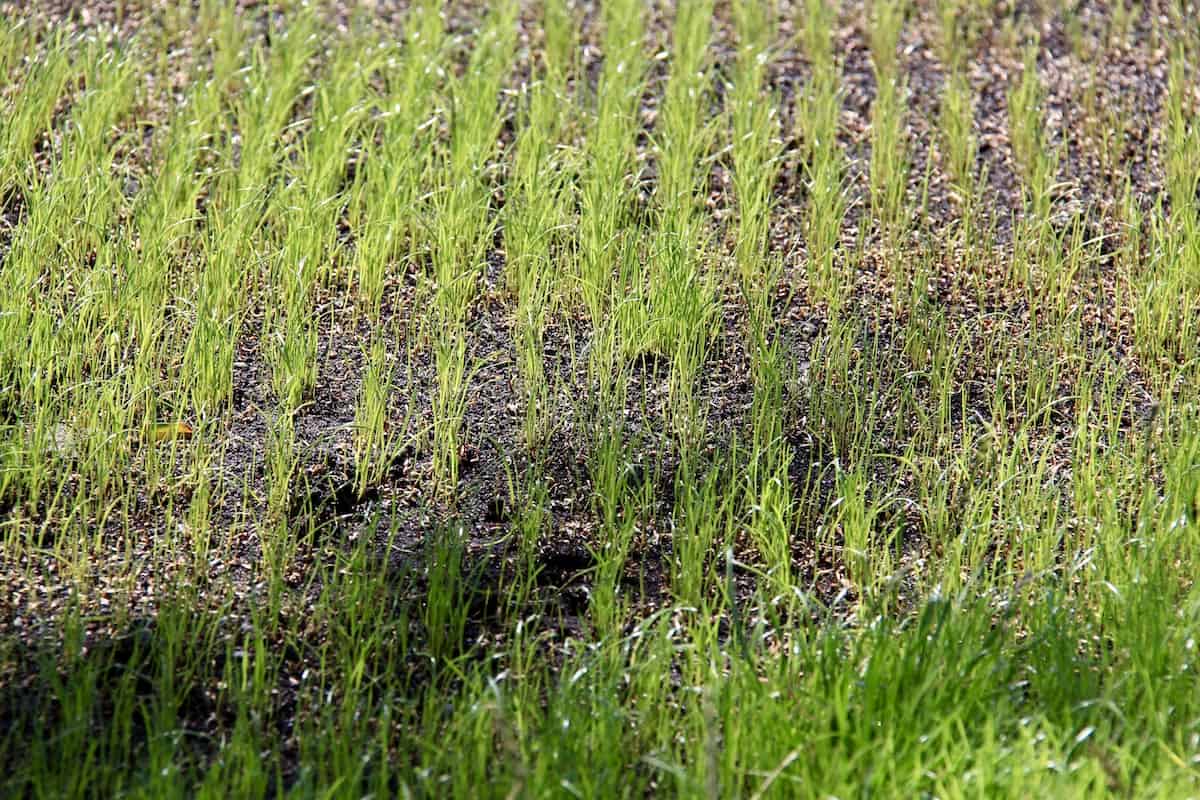
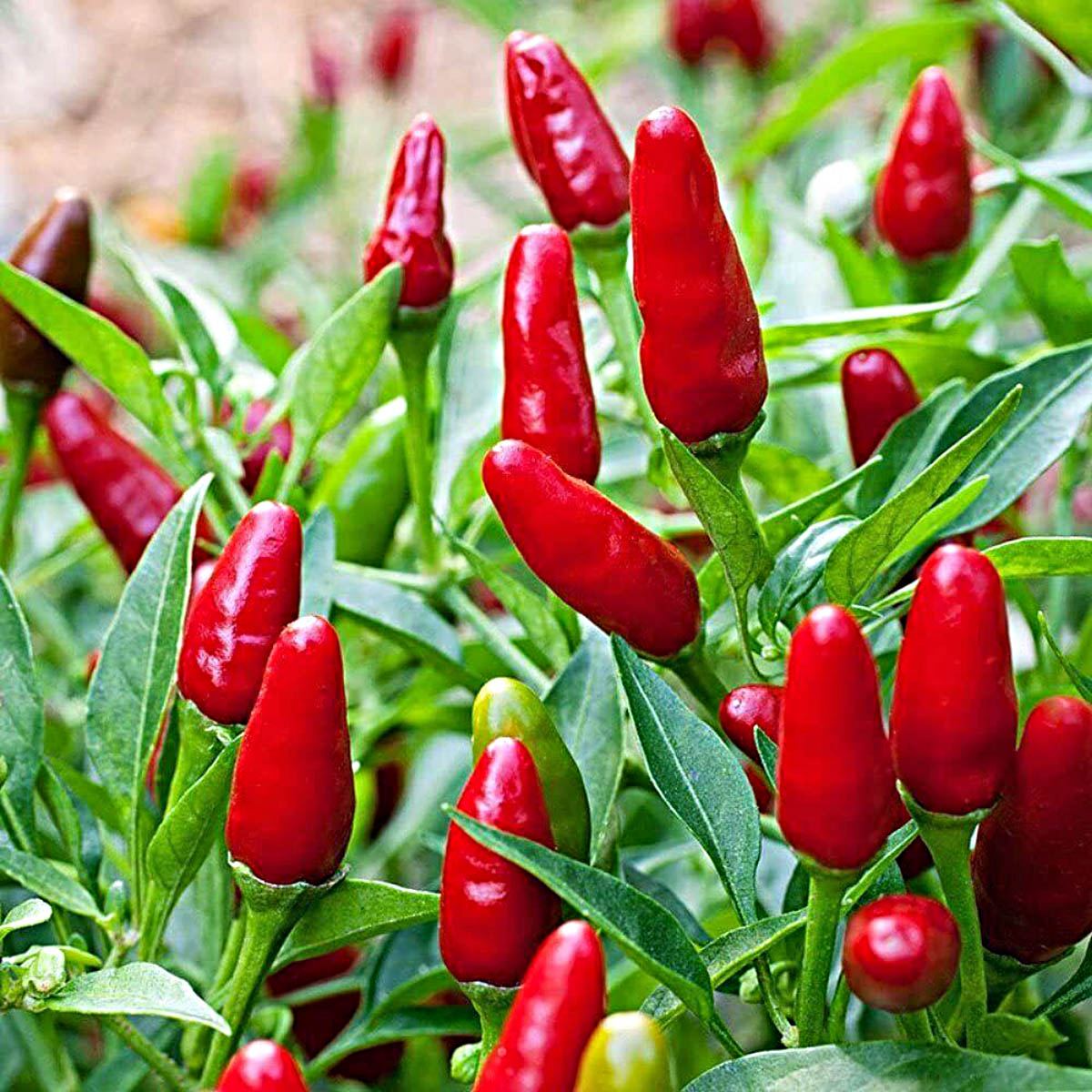
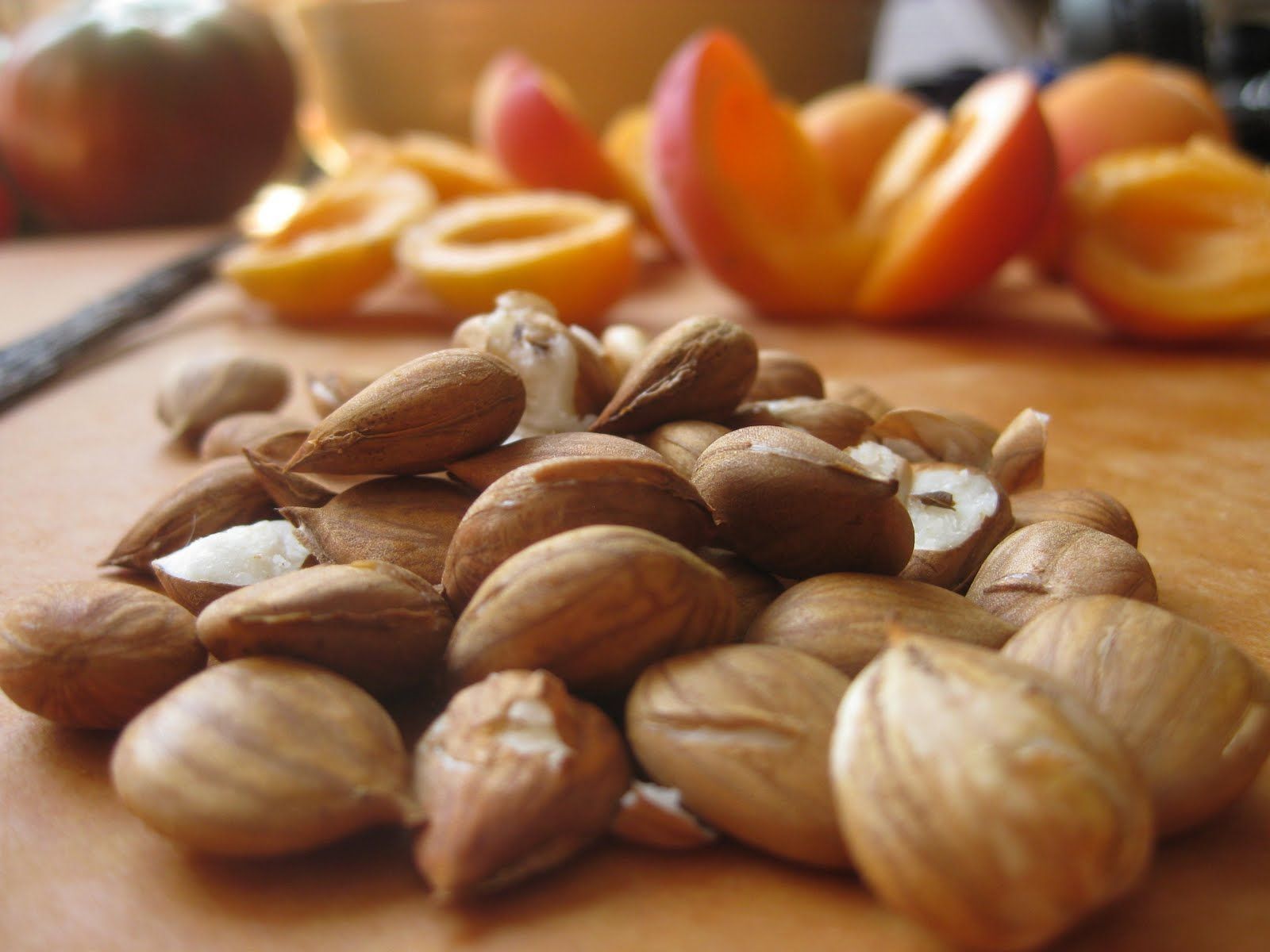

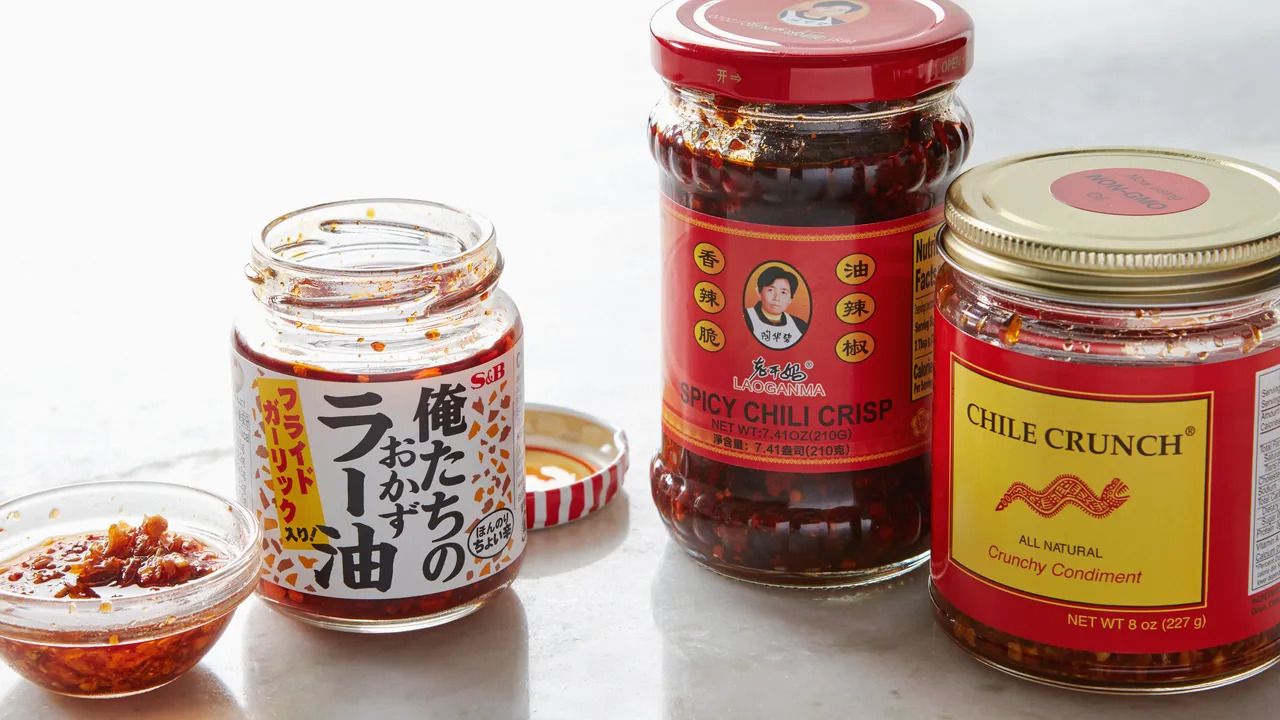
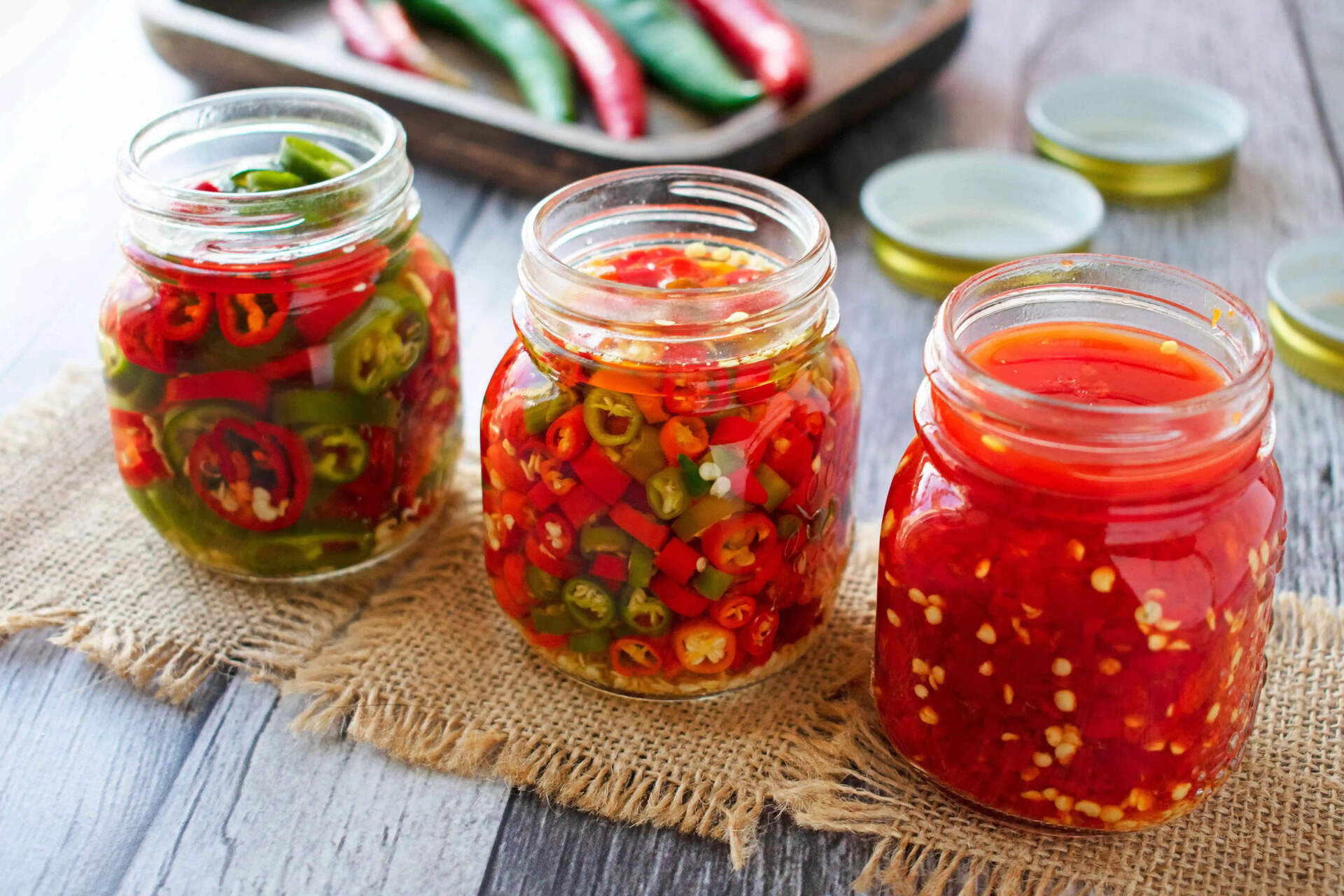
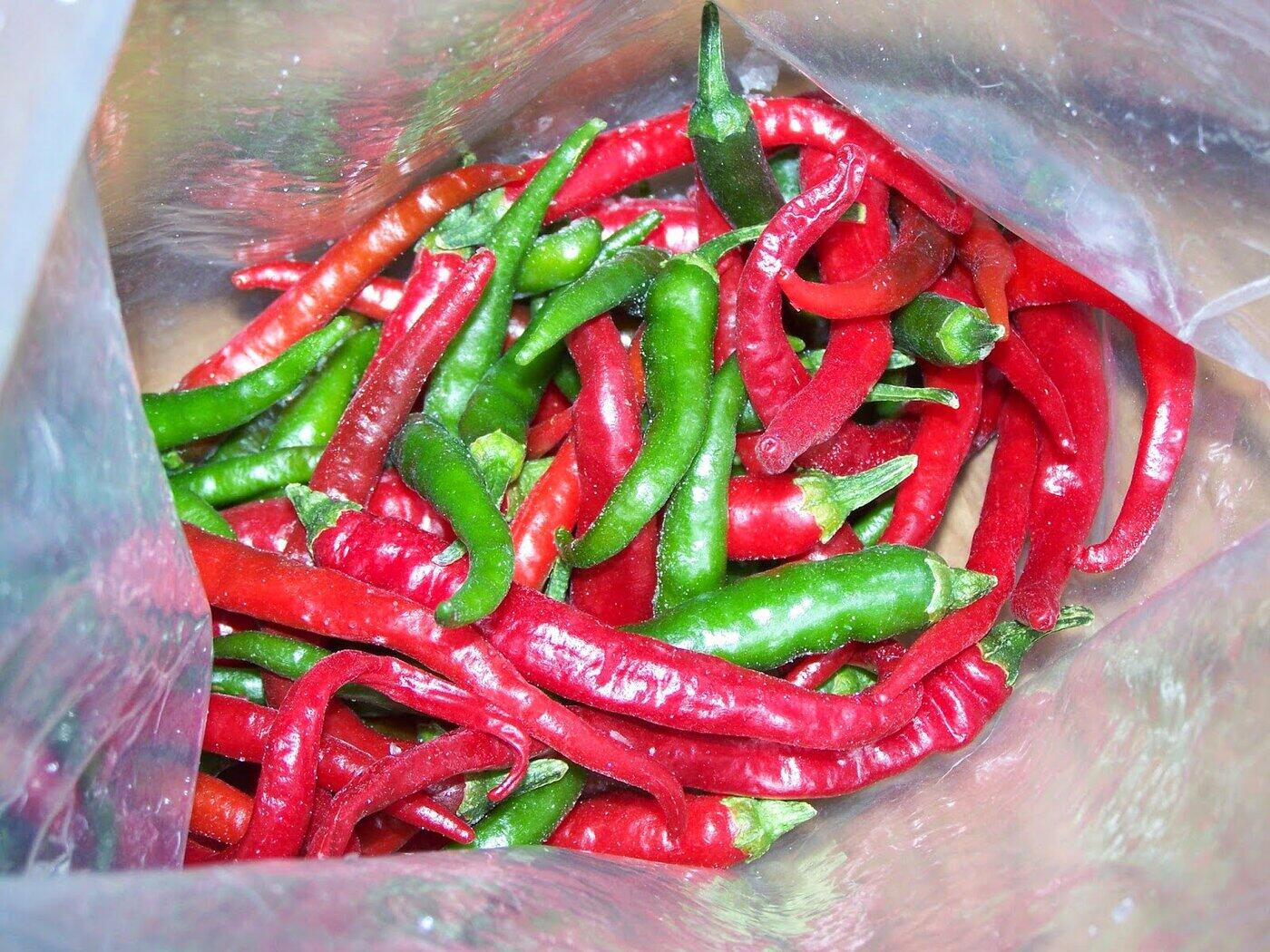
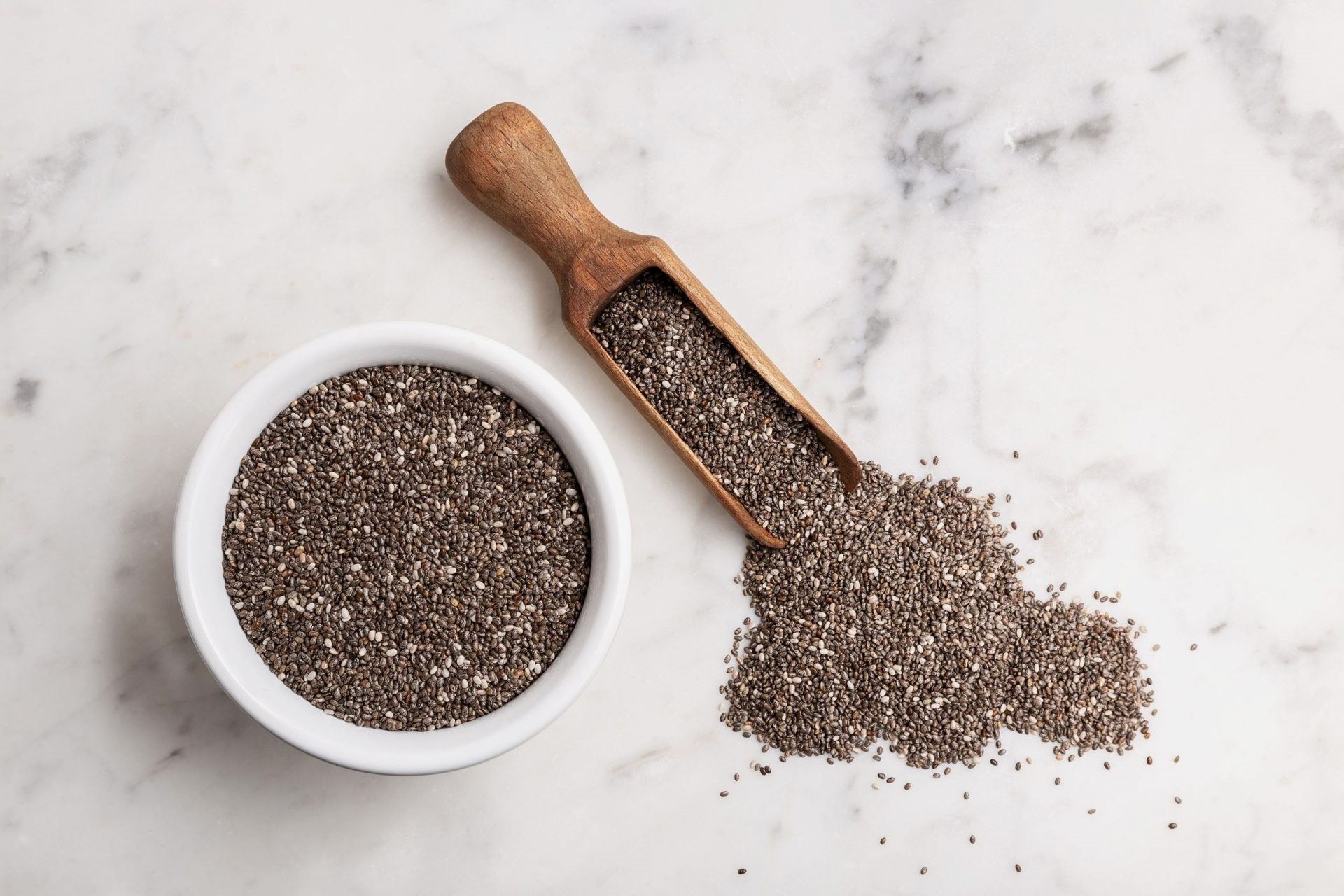
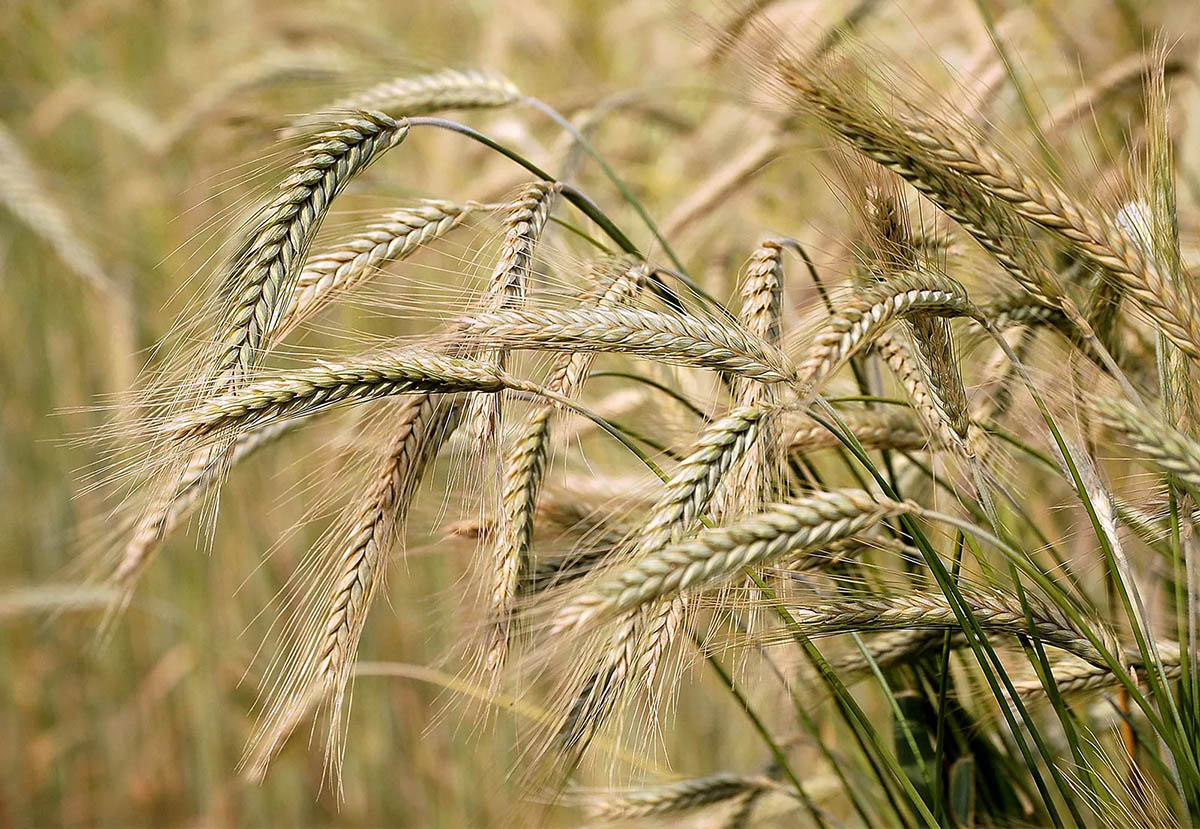
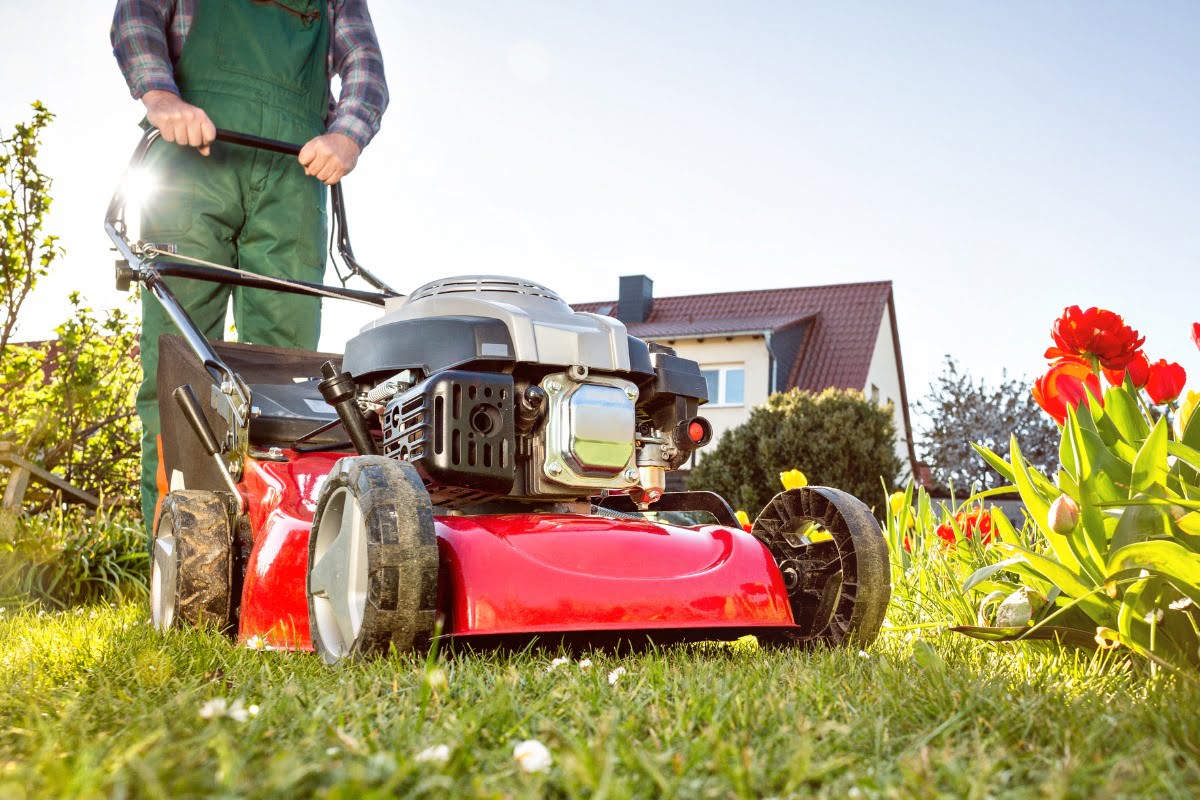
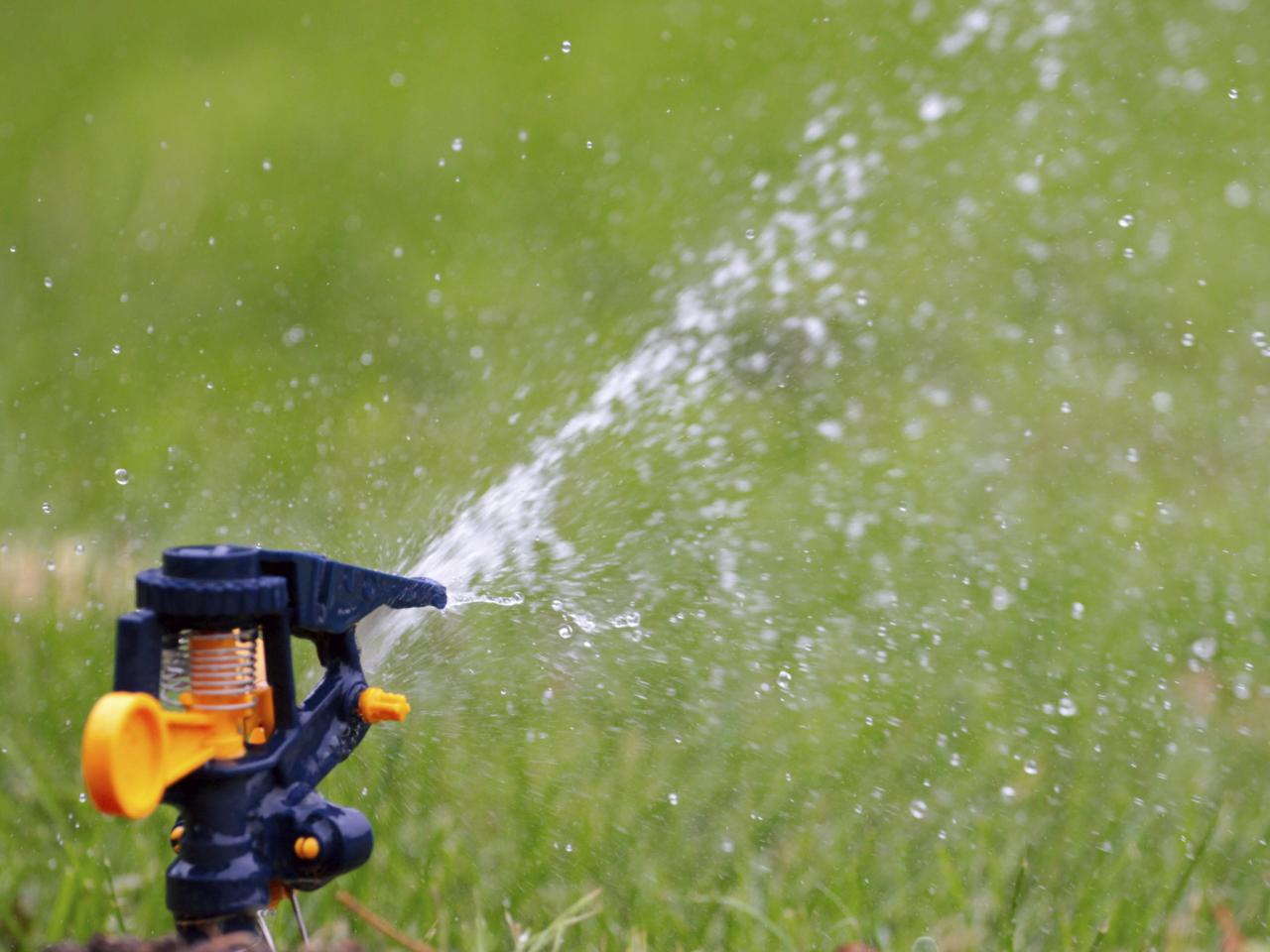
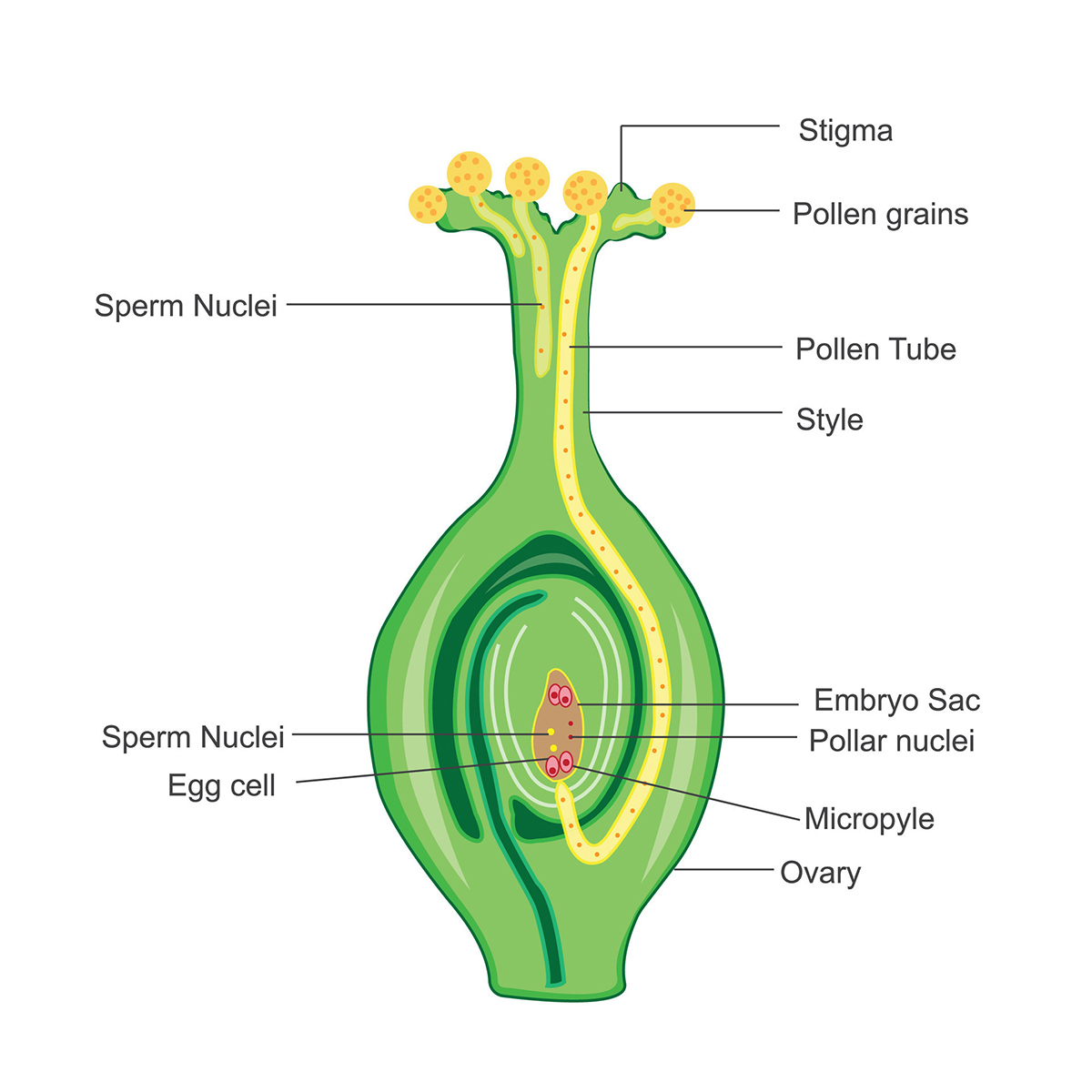

0 thoughts on “How Many Days For Chili To Germinate”